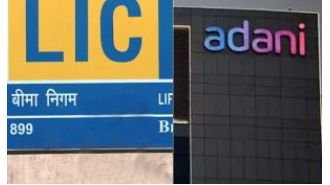Circular economy
The concept of the circular economy is to break down the waste-to-resource cycle and help us move towards a sustainable future. This means that we need to reduce, reuse and recycle materials at every stage of production. The circular economy is an economic model that aims to reduce, reuse and recycle materials at every stage of production.
The Circular Economy is a system that replaces linear economic systems with closed and circular loops. This means that waste becomes a resource and materials are reused instead of being disposed of and recycled. The Circular Economy has not been adopted widely yet, but it is already impacting the economy in many ways.
The Circular Economy can be applied to many sectors including manufacturing, food, energy, and fashion. The circular economy can help companies reduce their carbon footprint by reducing the waste production. It also helps them save money by reusing resources instead of buying new ones every time they run out. In addition, it helps the environment as it reduces pollution by avoiding the use of plastic bags or single-use products like straws or cups for example.
The circular economy is a new economic model that aims to reduce the use of natural resources and waste by recycling and reusing them, rather than producing them for single use. The circular economy is a relatively new concept, but it has been gaining popularity since the late 2000s. It was first introduced by an organization called The Ellen MacArthur Foundation in 2008. The circular economy is now being implemented in many different industries such as manufacturing, agriculture, and retail. In order to create a sustainable society and avoid ecological damage, the circular economy will need to be adopted on a larger scale.






